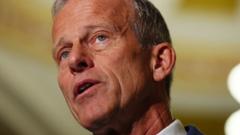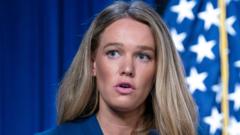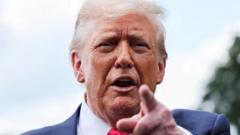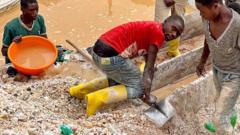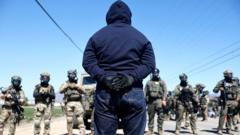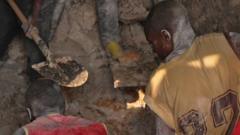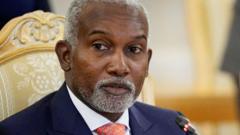A comprehensive analysis highlights the threats posed by cuts in U.S. foreign aid, which weaken infectious disease monitoring and containment, potentially allowing outbreaks to reach American shores.
The Fallout From U.S. Foreign Aid Cuts: A Looming Health Crisis

The Fallout From U.S. Foreign Aid Cuts: A Looming Health Crisis
U.S. foreign aid reductions compromise global disease prevention efforts, raising risks for Americans as pathogen outbreaks become more probable.
Dangerous pathogens are left vulnerable in laboratories across African countries, inspections for threats like mpox and Ebola at airports have been halted, and millions of unmonitored animals cross borders. Observers say these outcomes are direct results of the Trump administration's cuts to foreign aid, which have severely impacted programs designed to prevent and control infectious disease outbreaks worldwide.
As public health experts caution, the ramifications of these aid reductions extend far beyond international borders, affecting Americans directly. Minor outbreaks originating overseas can spread globally with alarming speed; take, for instance, the COVID-19 pandemic, which began in China and quickly reached the U.S. Polio and dengue fever incidents tend to be traced back to international travel.
Dr. Githinji Gitahi, executive of Amref Health Africa, emphasizes that protecting American citizens from infectious diseases is intricately linked to effective international aid: “It’s actually in the interest of American people to keep diseases down,” he states. “Diseases make their way to the U.S. even when we have our best people on it, and now we are not putting our best people on it.”
In conversations with over 30 officials from the United States Agency for International Development and other health organizations, a grim picture has emerged, revealing that the global health landscape has become more treacherous, raising concerns about the future readiness of the U.S. to confront emerging infectious disease threats. As the narrative unfolds, the question remains: who will answer the call to restore these vital disease prevention programs?


